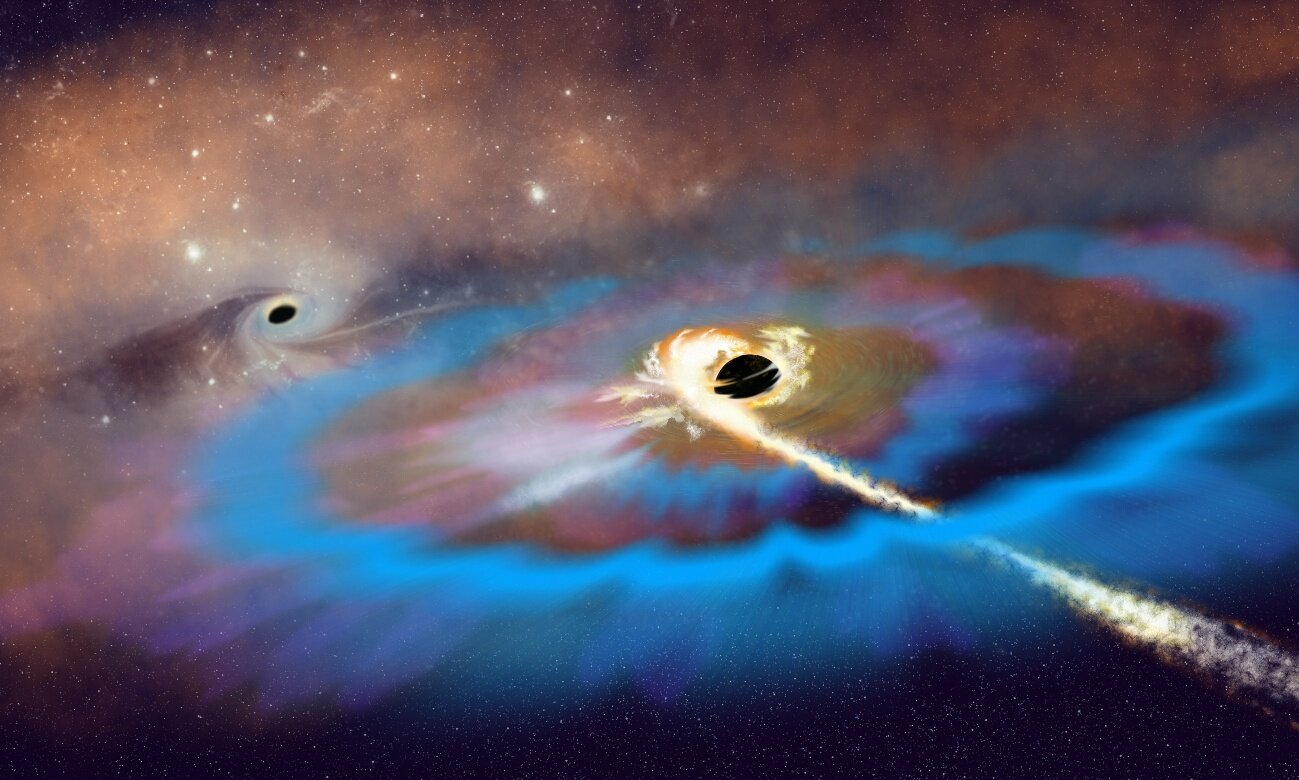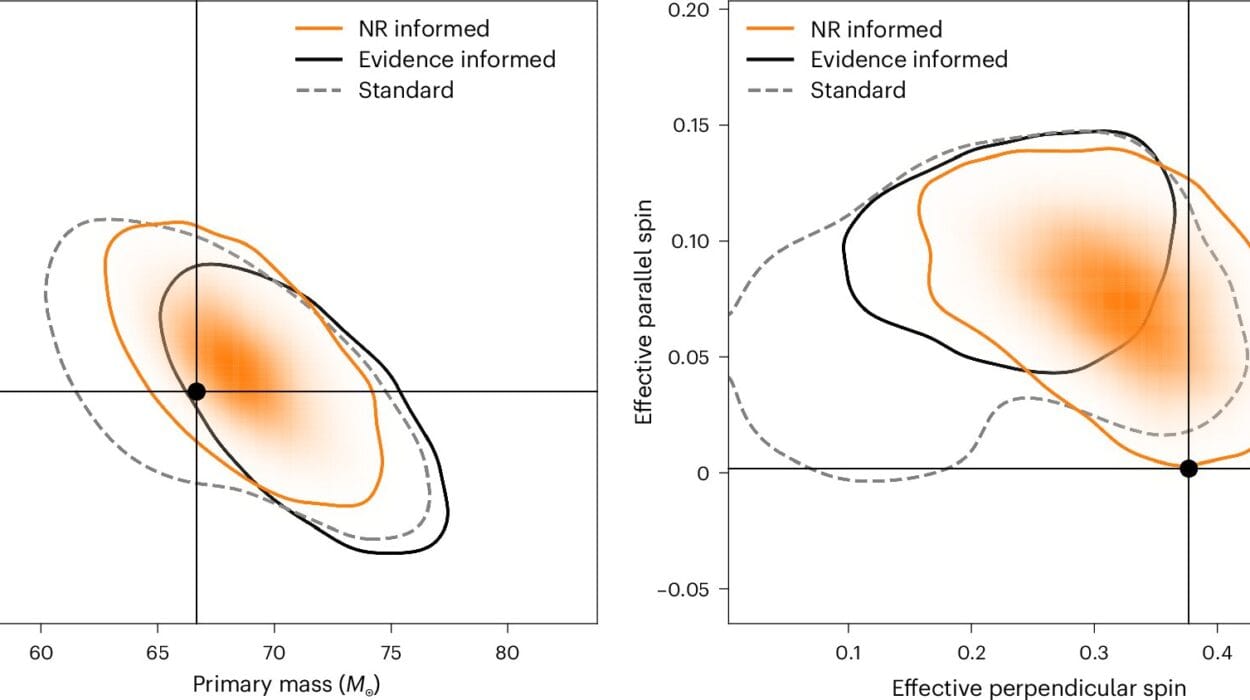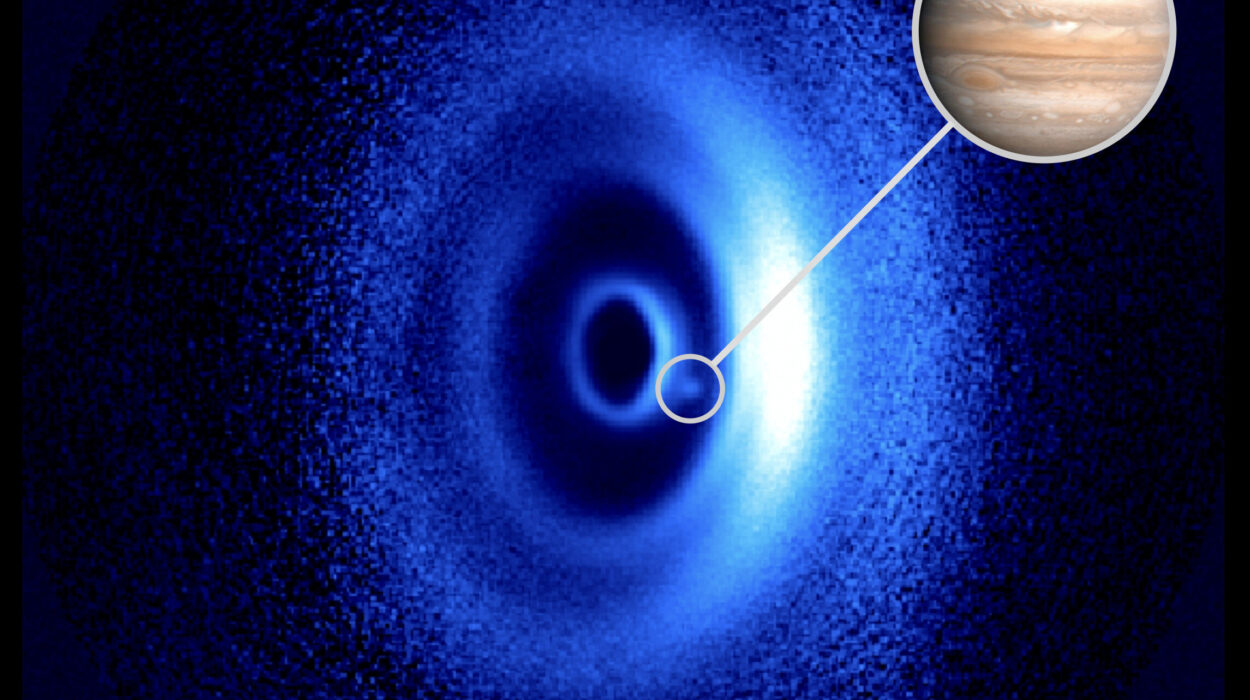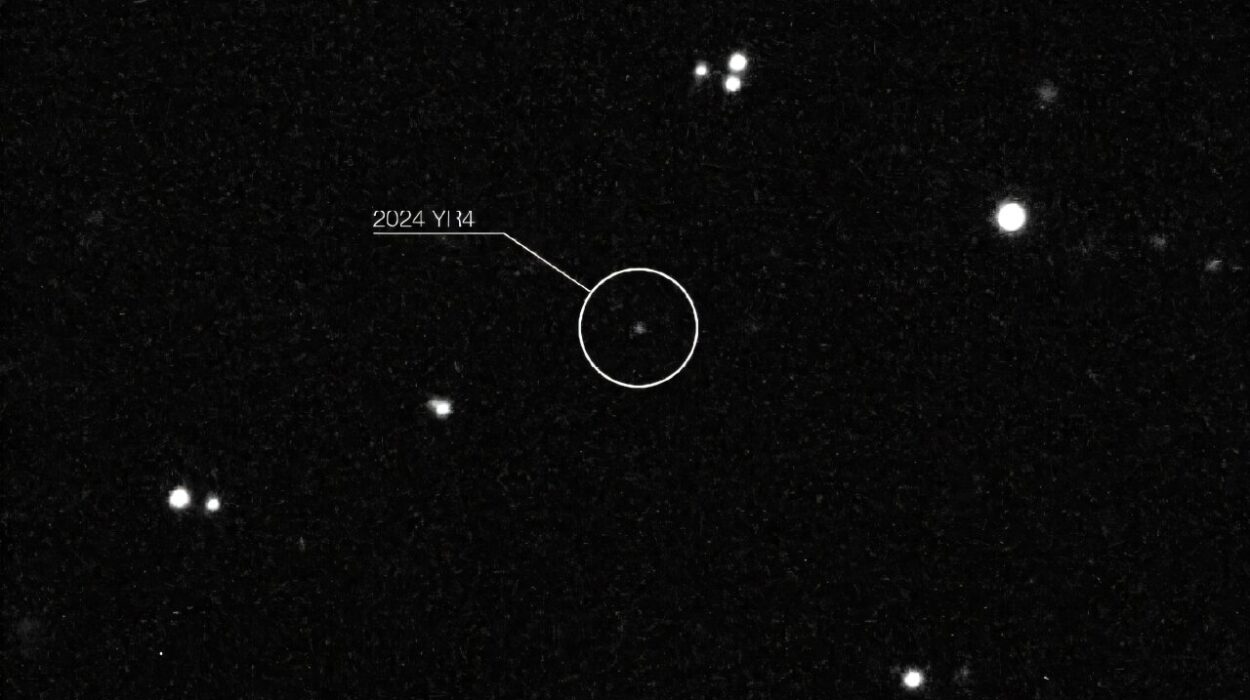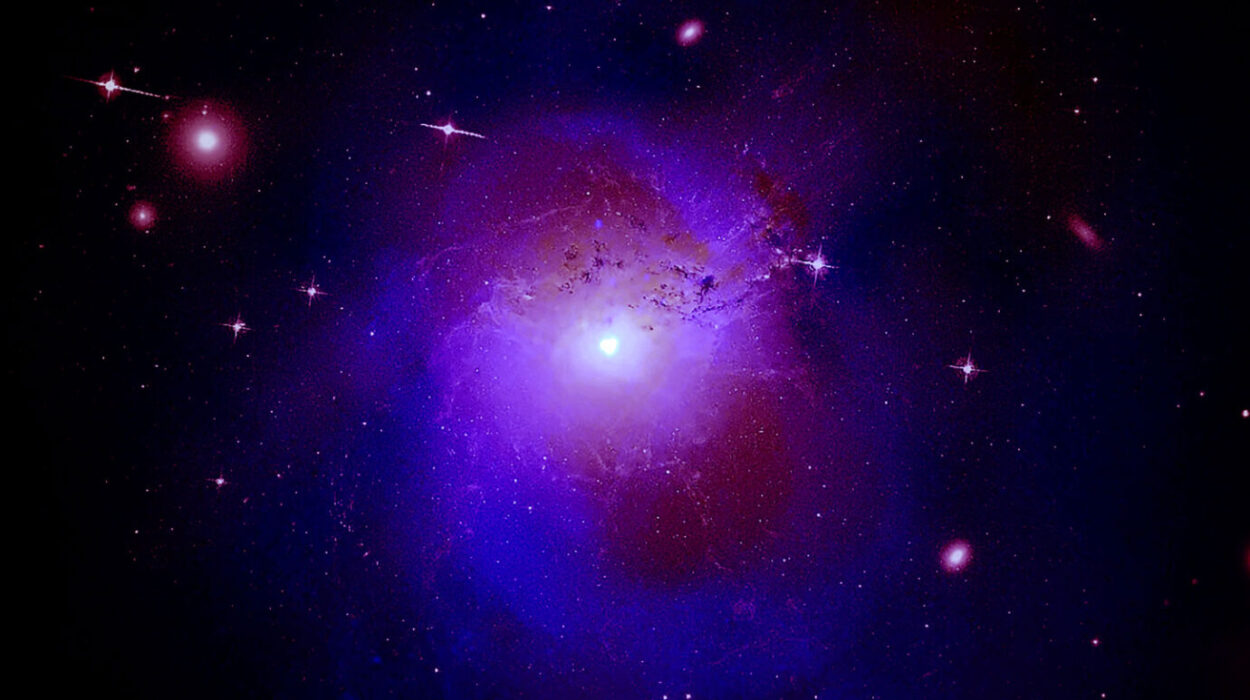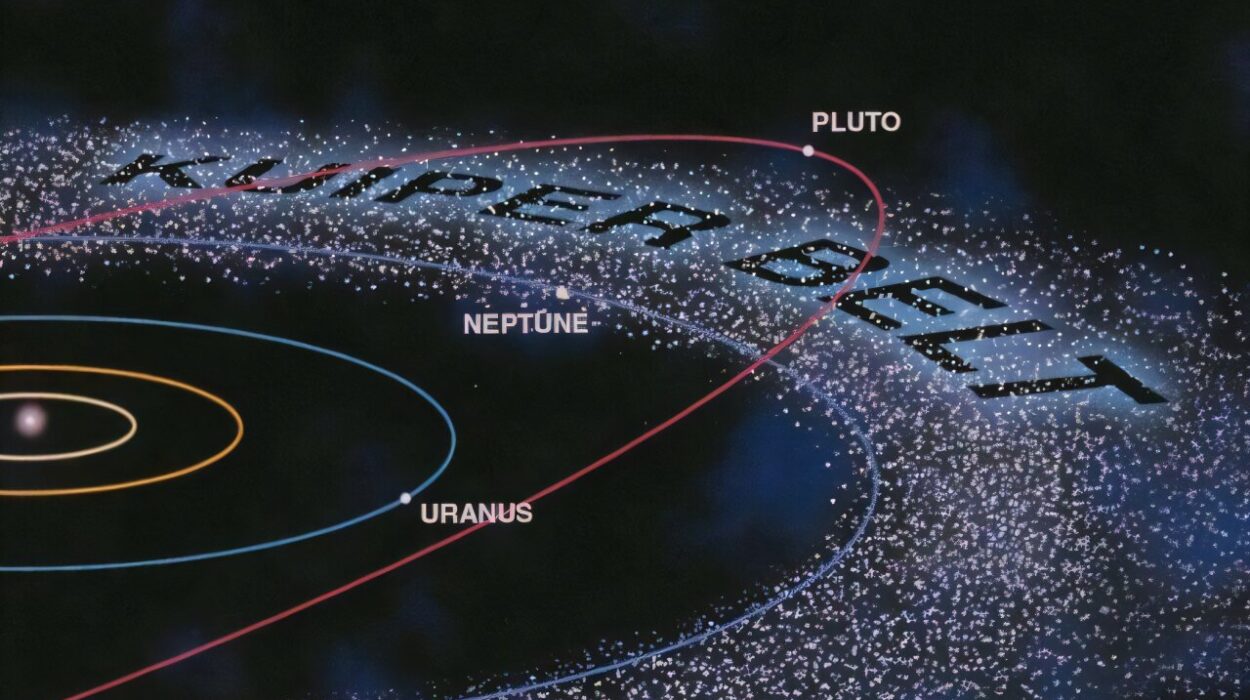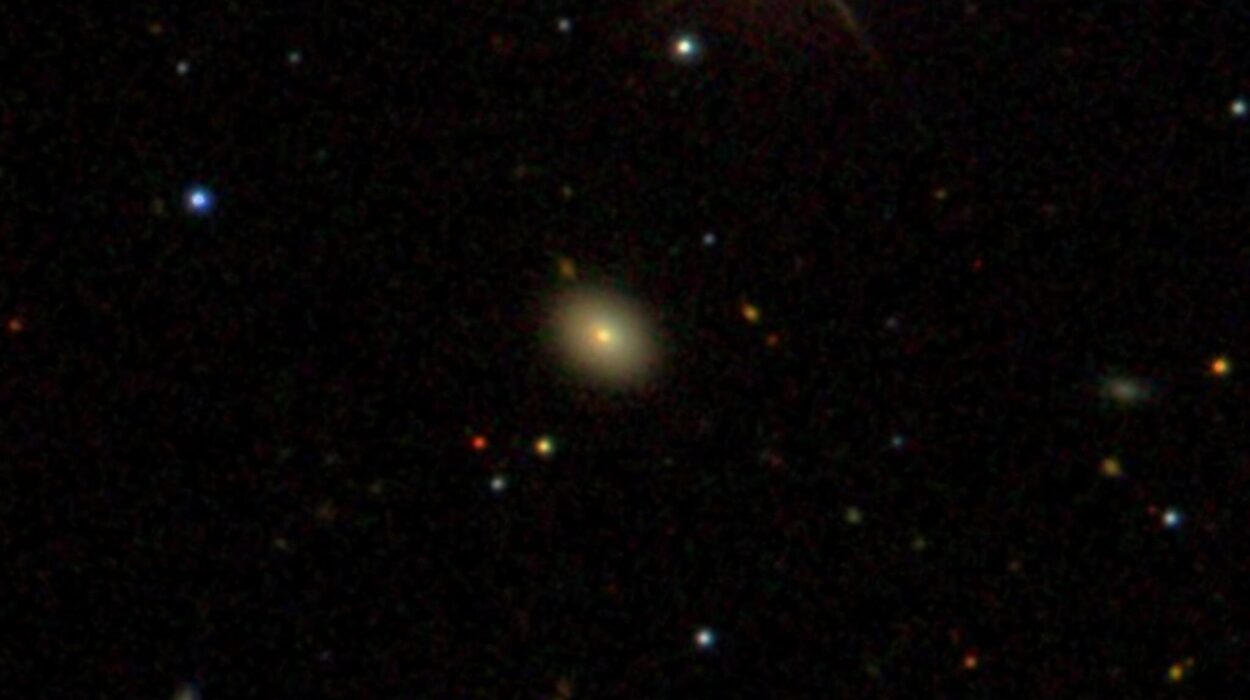For centuries, black holes have fascinated scientists and storytellers alike—enigmatic cosmic engines that devour stars and warp the fabric of space and time. But just when astronomers thought they understood their behavior, the universe has surprised them once again.
An international team of researchers has discovered a truly remarkable phenomenon: the first-ever tidal disruption event (TDE) producing bright radio emission outside the center of a galaxy. The event, named AT 2024tvd, has rewritten what scientists know about where—and how—black holes can unleash their power. The team’s groundbreaking findings, led by Dr. Itai Sfaradi and Prof. Raffaella Margutti of the University of California, Berkeley, have been published in The Astrophysical Journal Letters.
When a Star Meets Its Doom
Tidal disruption events are among the universe’s most violent spectacles. They occur when a star wanders too close to a black hole, whose gravity stretches and tears the star apart, flinging some of its gas into space while the rest spirals inward, forming a glowing disk of hot plasma. These events can shine across multiple wavelengths—visible, X-ray, and sometimes radio—offering astronomers a fleeting glimpse into the feeding habits of black holes.
But AT 2024tvd was different. Unlike typical TDEs that occur near a galaxy’s supermassive black hole at its center, this one happened about 2,600 light-years from its host galaxy’s core—a staggering distance in cosmic terms. That means this black hole was far from home, lurking in a region where astronomers would least expect to find such a massive and active object.
“This is truly extraordinary,” said Dr. Sfaradi, the study’s lead author. “Never before have we seen such bright radio emission from a black hole tearing apart a star, away from a galaxy’s center, and evolving this fast. It changes how we think about black holes and their behavior.”
A Black Hole Far from Home
The discovery challenges one of the most fundamental assumptions in astrophysics: that supermassive black holes—millions or billions of times heavier than the Sun—reside exclusively at the hearts of galaxies. The presence of a powerful black hole so far from its core hints at a turbulent history.
There are a few possible explanations. This black hole could be a relic of a galactic merger, ejected from its original position by gravitational forces. Alternatively, it might be part of a wandering binary system, a black hole traveling through space with a companion star. Either way, its isolation and activity make it an object of immense scientific curiosity.
“This is one of the most fascinating discoveries I’ve been part of,” said Prof. Assaf Horesh of the Racah Institute of Physics at the Hebrew University of Jerusalem, who also contributed to the research. “The fact that it was led by my former student, Itai, makes it even more meaningful. It’s another scientific achievement that places Israel at the forefront of international astrophysics.”
A Flash of Radio Light in the Darkness
The discovery of AT 2024tvd was made possible by a network of some of the world’s most advanced radio telescopes. These included the Very Large Array (VLA) in New Mexico, ALMA in Chile, the Allen Telescope Array (ATA), the Submillimeter Array (SMA) in Hawaii, and the Arcminute Microkelvin Imager Large Array (AMI-LA) in the United Kingdom.
The AMI-LA observations, led by the Hebrew University team, turned out to be crucial. They revealed that the radio light from the event was evolving faster than any TDE ever observed. Within weeks, the brightness changed dramatically—a sign that the physical processes near the black hole were unusually energetic and dynamic.
The radio data showed not one, but two distinct flares, each rising and fading at unprecedented speed. This behavior suggested that powerful outflows of material—jets or winds—had been launched from near the black hole. But in a surprising twist, these outflows did not occur immediately after the star was torn apart. Instead, they appeared months later, indicating that the black hole’s response to the star’s destruction was delayed and complex.
The Awakening of a Sleeping Giant
Through detailed modeling of the data, the researchers concluded that the black hole likely underwent two separate ejection events, months apart. This discovery paints a vivid picture of how black holes behave in the aftermath of a cosmic feast.
Rather than consuming the star’s debris all at once, the black hole seems to have gone through bursts of activity, briefly awakening from slumber to hurl streams of energy into space before settling again. This episodic behavior is rare—and it challenges long-standing assumptions about how black holes accrete matter and release energy.
“These observations show that black holes can ‘reawaken’ multiple times after a tidal disruption event,” explained Dr. Sfaradi. “It’s as if the black hole has aftershocks—moments when it suddenly releases more of the material it had previously swallowed.”
This revelation opens new questions about what governs such delayed outbursts. Is it the structure of the disrupted star? The chaotic motion of debris around the black hole? Or perhaps unseen magnetic forces at play? The answers could reshape our understanding of black hole physics.
How Radio Waves Tell the Story
When black holes feed, they don’t emit light directly—nothing can escape from within their event horizons. But as surrounding gas and dust spiral inward, immense friction and magnetic forces cause the material to heat up and emit radiation across the spectrum.
Radio waves, in particular, offer a window into the aftermath of such events. They trace the motion of particles accelerated to near light speed in the jets and winds that black holes produce. By tracking how the radio brightness changes over time, astronomers can reconstruct the timeline of a black hole’s activity—almost like listening to an echo of the original cosmic explosion.
In the case of AT 2024tvd, the radio signal’s unusually rapid evolution provided the key clue. It told scientists that the material ejected from the black hole was interacting violently with its environment, creating shockwaves that raced outward at tremendous speeds. The fact that these shocks occurred twice suggested a repeating cycle of energy release—something never seen so clearly before.
Redefining Where Black Holes Can Exist
The implications of this discovery reach far beyond a single event. For decades, astronomers have believed that the most massive black holes remain anchored to the centers of galaxies, influencing their formation and evolution. Finding one far from the core, actively devouring a star, means that galaxies may host more wandering black holes than we thought.
Such rogue black holes could be the remnants of ancient galactic collisions, thrown out by the gravitational slingshot effect when two black holes merge. If so, the universe might be teeming with these displaced giants, roaming between stars and occasionally encountering an unlucky one.
This raises thrilling possibilities. Detecting more off-center TDEs could reveal an unseen population of wandering supermassive black holes, shedding light on how galaxies grow and evolve over cosmic time.
The Global Effort Behind the Discovery
The study of AT 2024tvd was a triumph of international collaboration. Scientists from across the globe combined data from multiple observatories, each offering a different perspective on the event. Coordinating observations across continents and wavelengths required precision, patience, and teamwork—hallmarks of modern astrophysics.
The project also highlights how far technology has come. Today’s radio telescopes can detect faint, fast-changing signals from billions of light-years away, turning the night sky into a dynamic, living map. Events like AT 2024tvd might once have passed unnoticed; now, with global networks of instruments scanning the heavens daily, the universe’s most fleeting mysteries are within reach.
A New Chapter in the Story of Black Holes
For astronomers, AT 2024tvd is more than just another discovery—it’s a paradigm shift. It challenges the assumption that only central supermassive black holes can produce such dramatic flares. It shows that these cosmic giants can dwell in unexpected places, lying dormant for ages before suddenly awakening in spectacular fashion.
It also deepens our emotional connection to the cosmos. Each new finding reminds us that the universe is not static—it is alive with motion, energy, and transformation. Stars are born, live, and die; black holes sleep and awaken; galaxies collide and evolve. The universe is a vast, ever-changing story, and humanity is just beginning to understand its language.
As Prof. Horesh noted, this discovery is not only a milestone for astrophysics but a symbol of human curiosity and collaboration. Across continents and generations, scientists are piecing together the puzzle of existence—one flash of light at a time.
The Universe Still Has Surprises
AT 2024tvd stands as a stunning reminder that the cosmos is full of wonders we have yet to imagine. Just when science seems to have mapped its patterns, a new signal arrives from the depths of space, rewriting the rules.
This event’s dazzling radio light—shining from a black hole far from its galactic heart—tells us that the universe is more dynamic, more unpredictable, and more beautiful than we ever dreamed. In studying such phenomena, we are not just observing distant stars; we are witnessing the forces that shape the very fabric of creation itself.
And as telescopes continue to gaze deeper into the night, the universe will no doubt continue to whisper its secrets—reminding us that even in the darkest places, extraordinary light can emerge.
More information: Itai Sfaradi et al, The First Radio-bright Off-nuclear Tidal Disruption Event AT 2024tvd Reveals the Fastest-evolving Double-peaked Radio Emission, The Astrophysical Journal Letters (2025). DOI: 10.3847/2041-8213/ae0a26
